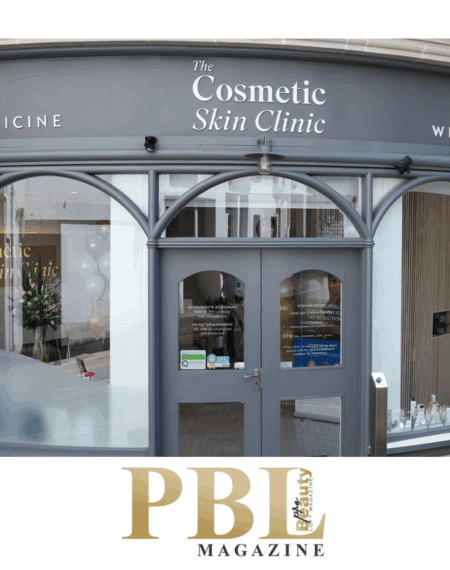Blog
Fat Dissolving Injections vs CoolSculpting
There was a time when the only way to tackle stubborn pockets of fat that just wouldn’t shift, no matter how clean you ate or how many workouts you logged, was surgery. Liposuction was the go-to solution, and for some, i...























